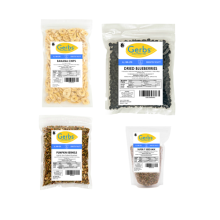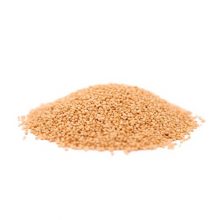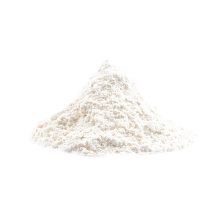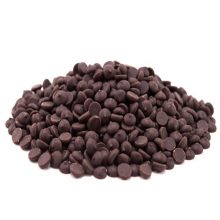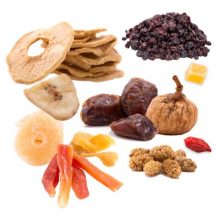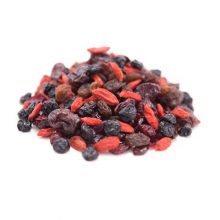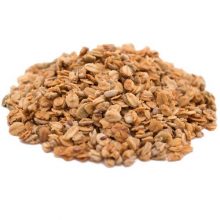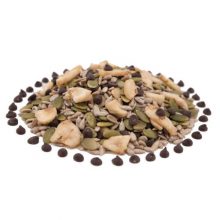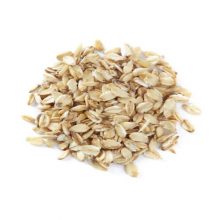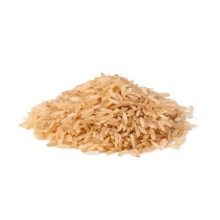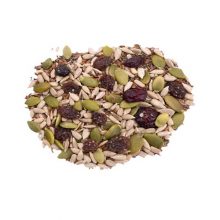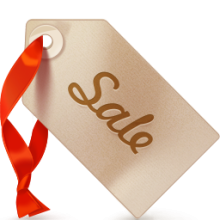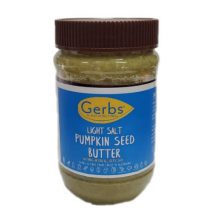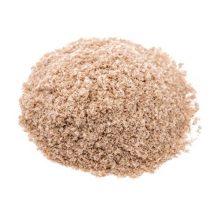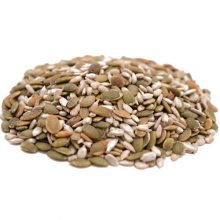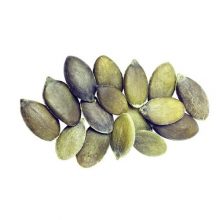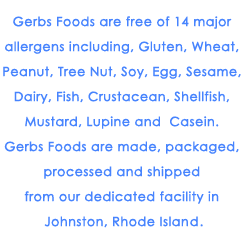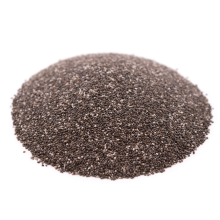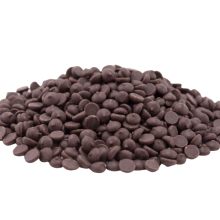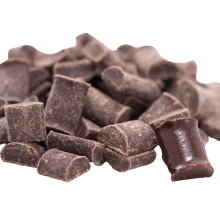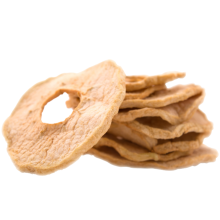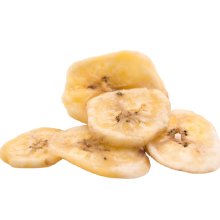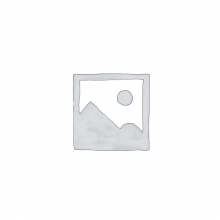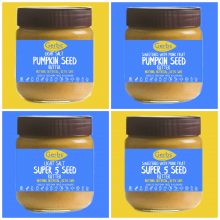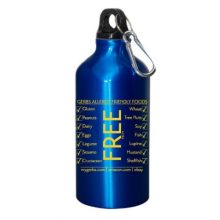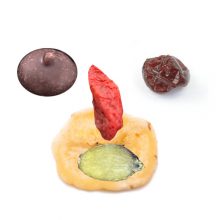I think many commercially sold dried fruits are genetically-modified so I have started to provide my family with an almost exclusive non-GMO diet. That said, these GERBS Dried Fruits are excellent! I make delicious trail mix with the Dried Fruits and their Chocolate Chips. I also add them to my home-made Paleo granola. So happy!
–Rebecca Lake
These seeds are roasted and salted perfectly. No oily texture you get with vegetable oil roasted seeds. I have to remind myself not to eat the entire bag at one sitting! If you like roasted and lightly salted pumpkin seeds to break up the monotony of raw seeds, this is what you need to order. Seller shipping time was amazing. I will definitely be reordering again.
–Phil Casper
We own a small bakery and have used Gerbs Sunflower Meal in one of our breads that normally calls for almond flour. It has a pleasant sunflower seed taste and is Gluten Free and nut-free! I used it cup for cup as an almond meal substitute. Highly recommend! Safe & good and it’s a relief to know that companies like Gerbs exist.
–Jonna E. Licata
Buy Allergy Friendly Foods From Gerbs Shop Which Are Safe, Nutritious and Delicious
Gerbs shop offers Gluten Free, non-GMO & Kosher Bagel Chip Snacks, Gluten Free Flour, Coffee, Dark Chocolate, Dried Fruit, Grains, Granola, Oats, Rice, Salad Mixes, Seed Meals, Seed Mixes, Seeds and Snacks.
Our safe, high quality allergy friendly foods make life less stressful for those with allergies and dietary concerns.





